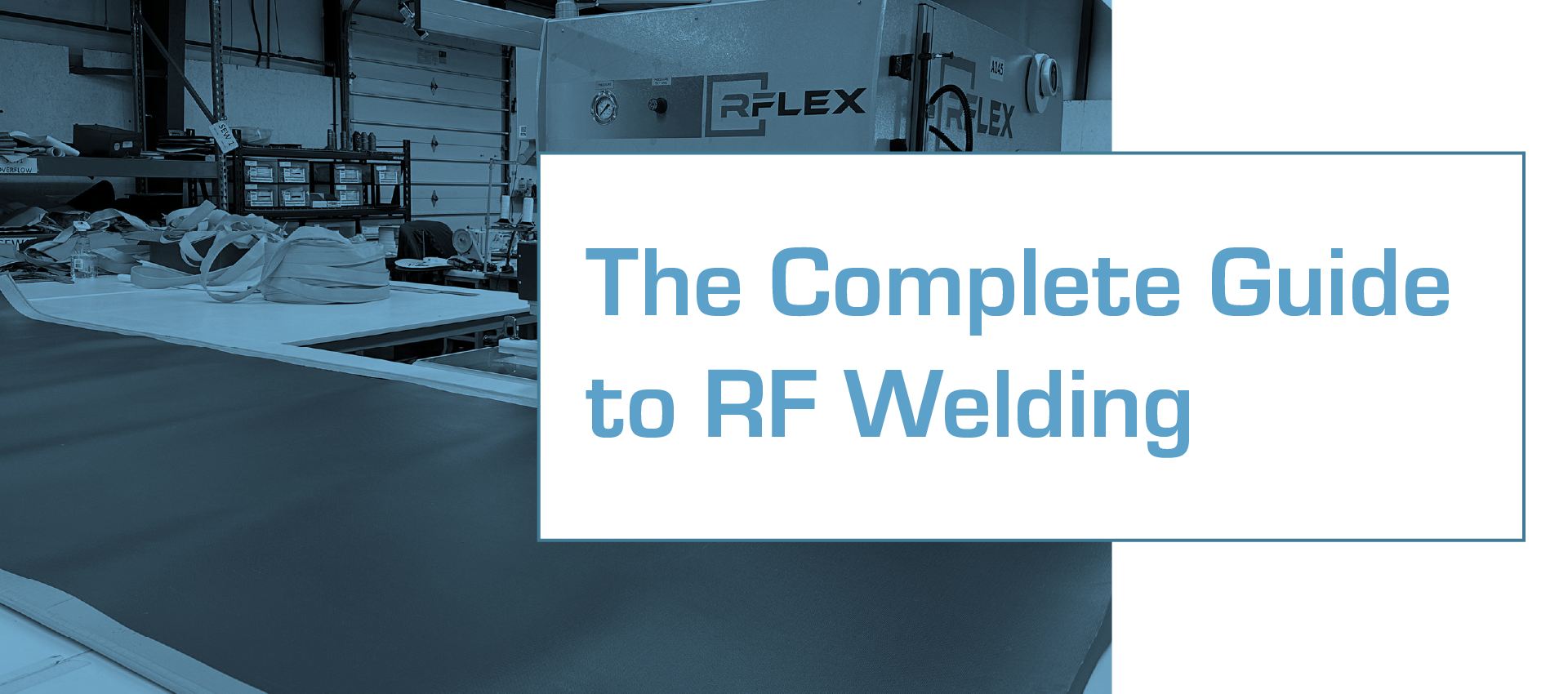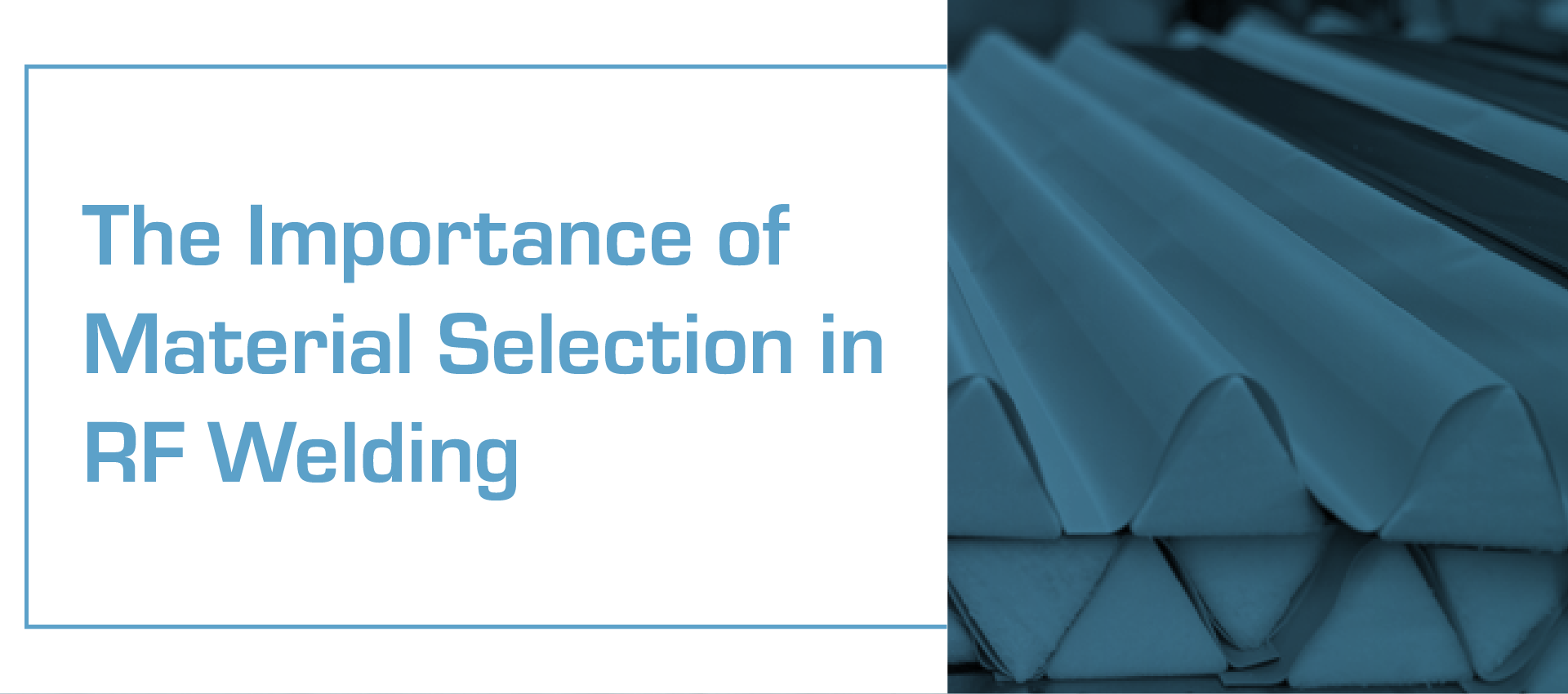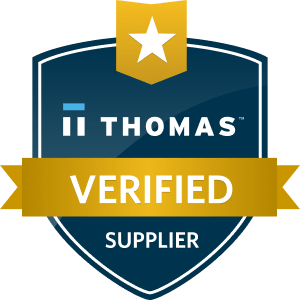Our Blog
Water Leaking from the Ceiling? What You Should Do Now.
Share this Article:
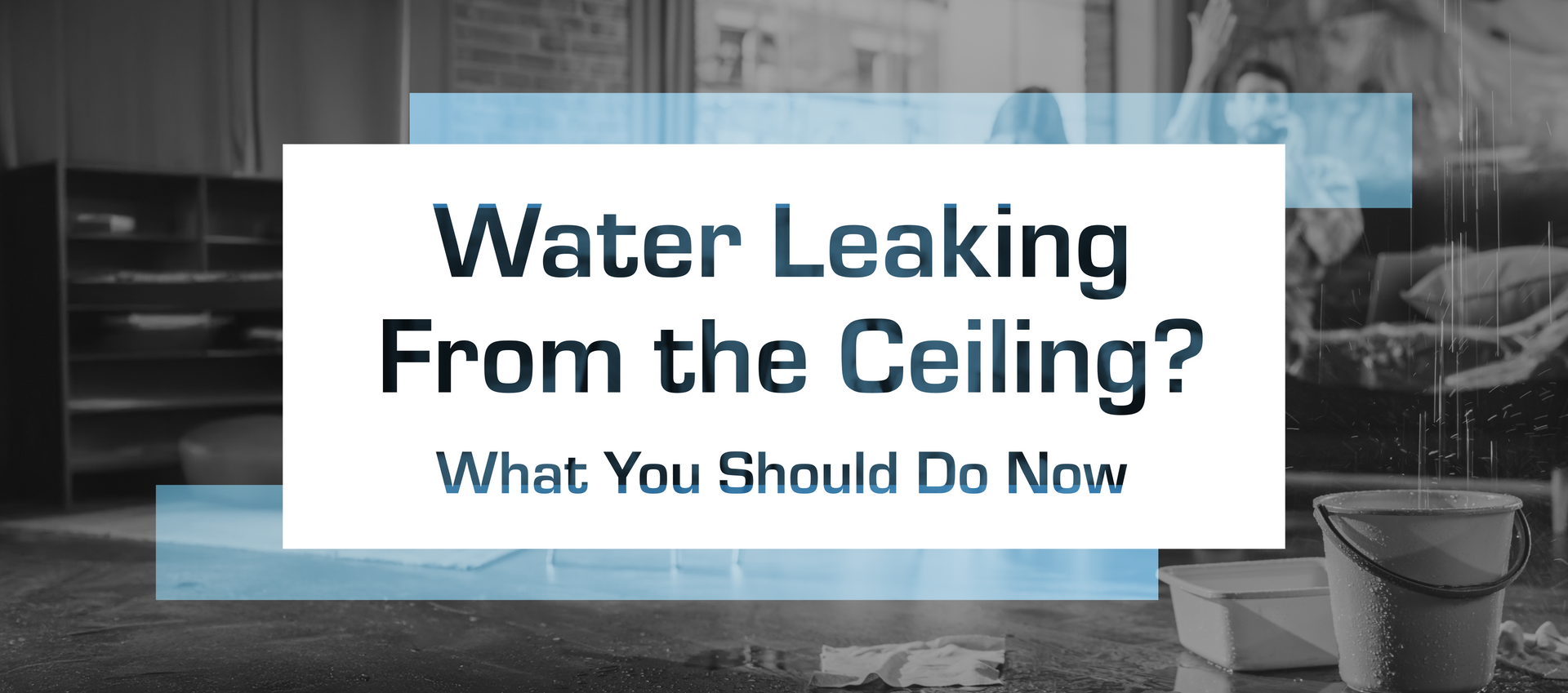
Water leaking from the ceiling in a commercial or industrial facility can cause significant damage, disrupt operations, and create safety hazards. Quick action is essential to minimize damage and maintain a safe, functional environment.
Identifying the signs and causes of a ceiling leak and implementing effective solutions, such as leak diverters, can help control the situation and protect your facility. Carolina CoverTech provides fast, reliable solutions to manage leaks and safeguard your operations.
Signs of a Leaking Ceiling
Detecting a leaking ceiling early can prevent extensive damage and costly repairs. Common signs include:
- Water Stains: Discoloration or dark patches on ceiling tiles or drywall.
- Dripping Water: Visible water dripping or pooling below the ceiling.
- Sagging or Bulging: Ceiling materials that appear swollen or droop due to water accumulation.
- Musty Odors: Persistent dampness can lead to mold growth, resulting in unpleasant smells.
- Mold or Mildew Growth: Dark spots or patches on the ceiling, indicating prolonged exposure to moisture.
Recognizing these signs and taking prompt action is critical to protecting your facility and avoiding further complications.
Causes of a Leaking Ceiling
Understanding the cause of a ceiling leak is essential for addressing the issue effectively. Common causes in commercial and industrial facilities include:
- Damaged Roofing Systems: Cracks, punctures, or compromised seams in flat or pitched roofs can allow water to seep through.
- Burst or Leaking Pipes: Aging, corroded, or poorly insulated pipes can fail, leading to water leaks.
- HVAC Issues: Condensation from HVAC systems or damage to ductwork can result in leaks.
- Clogged Gutters or Drains: Blockages in drainage systems can cause water to back up and infiltrate the ceiling.
- Structural Shifts: Movement in the building structure can create gaps or cracks that allow water intrusion.
Identifying the root cause of the leak helps guide the appropriate response and ensures lasting repairs.
What to Do if Water is Leaking from Your Ceiling
When water starts leaking from the ceiling in a commercial or industrial facility, swift action can minimize damage and downtime.
Identify the Source of the Leak
Inspect the area to locate where the water is coming from. The source could be directly above the leak or in a different location, with water traveling along pipes or structural components. Determining the origin is essential for deciding the next steps and arranging repairs.
Contain the Area
Protect the surrounding area by clearing sensitive equipment, products, or materials from the affected zone. Use waterproof tarps, plastic sheeting, or buckets to capture water and prevent further damage to floors or assets.
Divert the Leak
Installing a ceiling leak diverter can help redirect water to a safe location. Leak diverters are temporary but highly effective solutions to manage water until permanent repairs are made.
What Size Leak Diverter Do I Need?
Selecting the right size leak diverter is critical for managing water effectively. To determine the appropriate size:
- Measure the Leak Area: Cover the entire section of the ceiling where water is dripping.
- Evaluate Water Flow: Use a diverter with enough capacity to handle the leak’s volume.
- Account for Ceiling Height: Confirm the attached hose can reach a safe drainage point.
- Plan for Expansion: Opt for a larger size if the leak could worsen.
Choosing the correct size helps prevent overflow and provides reliable containment.
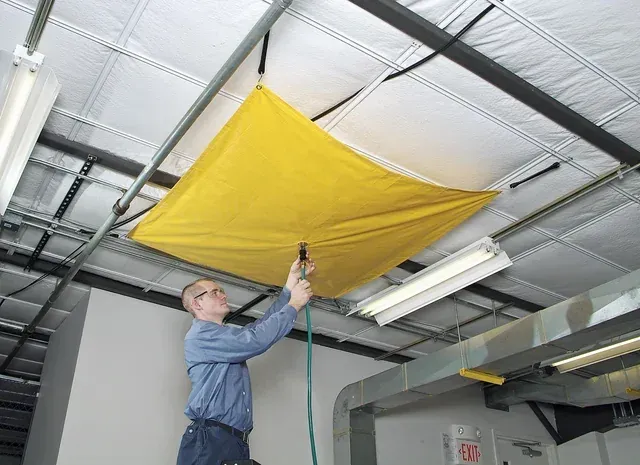
How to Install Ceiling Leak Diverters
Proper installation of a ceiling leak diverter guarantees efficient water redirection and minimizes potential damage. Follow these steps to set up a leak diverter:
- Position the Diverter: Place the diverter directly under the leak, making sure it covers the affected area completely.
- Attach the Drain Hose: Connect the hose to the diverter's drainage port, securing it tightly to prevent leaks.
- Direct the Hose: Run the hose to a safe disposal location, such as a drain or bucket, while avoiding trip hazards.
- Secure the Setup: Use hooks, zip ties, or clips to fasten the diverter to the ceiling and stabilize the hose along its path.
- Test the Diverter: Once installed, check the system to ensure water is flowing properly to the designated disposal area
How to Use Leak Diverters on Exposed Pipes
Pipe leak diverters are an effective solution for managing leaks from exposed pipes. Follow these steps:
- Wrap the Diverter Around the Leak: Secure the diverter snugly around the pipe at the leaking section to catch all dripping water.
- Attach the Drain Hose: Connect the hose to the diverter’s drainage outlet and fasten it tightly to prevent leaks.
- Route the Hose Safely: Direct the hose to a drainage area or collection container, keeping it out of walkways to avoid trip hazards.
- Check Regularly: Inspect the setup periodically to make sure the diverter and hose are functioning properly.
Leak diverters for pipes provide a quick, temporary fix to protect your facility while arranging permanent repairs.
Who to Call to Fix a Leak
Addressing the source of a ceiling or pipe leak often requires professional assistance. Depending on the cause of the leak, different specialists may be needed:
Plumbers for Pipe Leaks
If the issue involves a burst or leaking pipe, a licensed plumber can assess the damage, repair the piping, and take steps to prevent future issues.
General Contractors for Ceiling Repairs
For leaks caused by structural issues, roofing problems, or damaged ceiling materials, a general contractor can provide the necessary repairs to restore the area.
Need a Fast Fix? Carolina CoverTech Can Divert Your Leak!
When water leaks threaten your commercial or industrial space, immediate action is critical to protect your facility and operations. Carolina CoverTech specializes in providing durable, reliable leak diverters that help manage water quickly and efficiently. Our customizable solutions are designed to fit any space and handle leaks of all sizes.
Whether you’re dealing with a sudden pipe burst or a persistent ceiling leak, our team can help you contain the problem and prevent further damage while permanent repairs are arranged. Don’t let water disrupt your business—reach out to Carolina CoverTech today to discuss your needs and find the perfect leak diverter solution.

